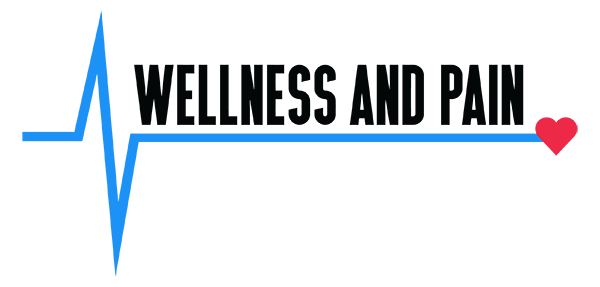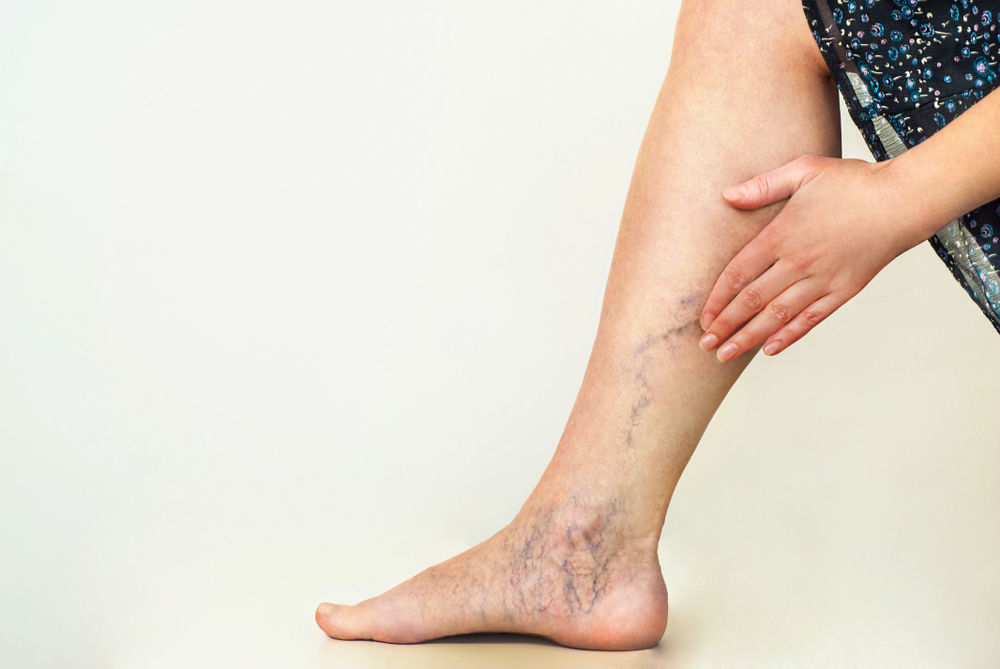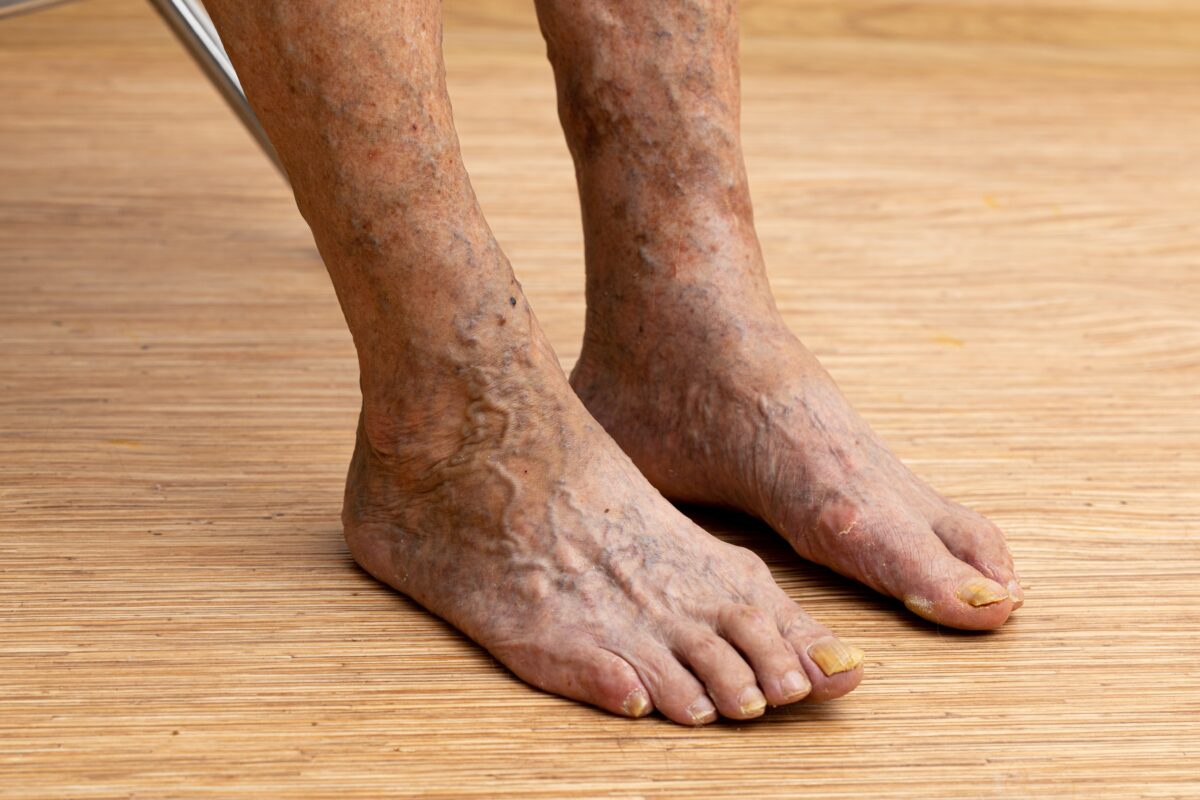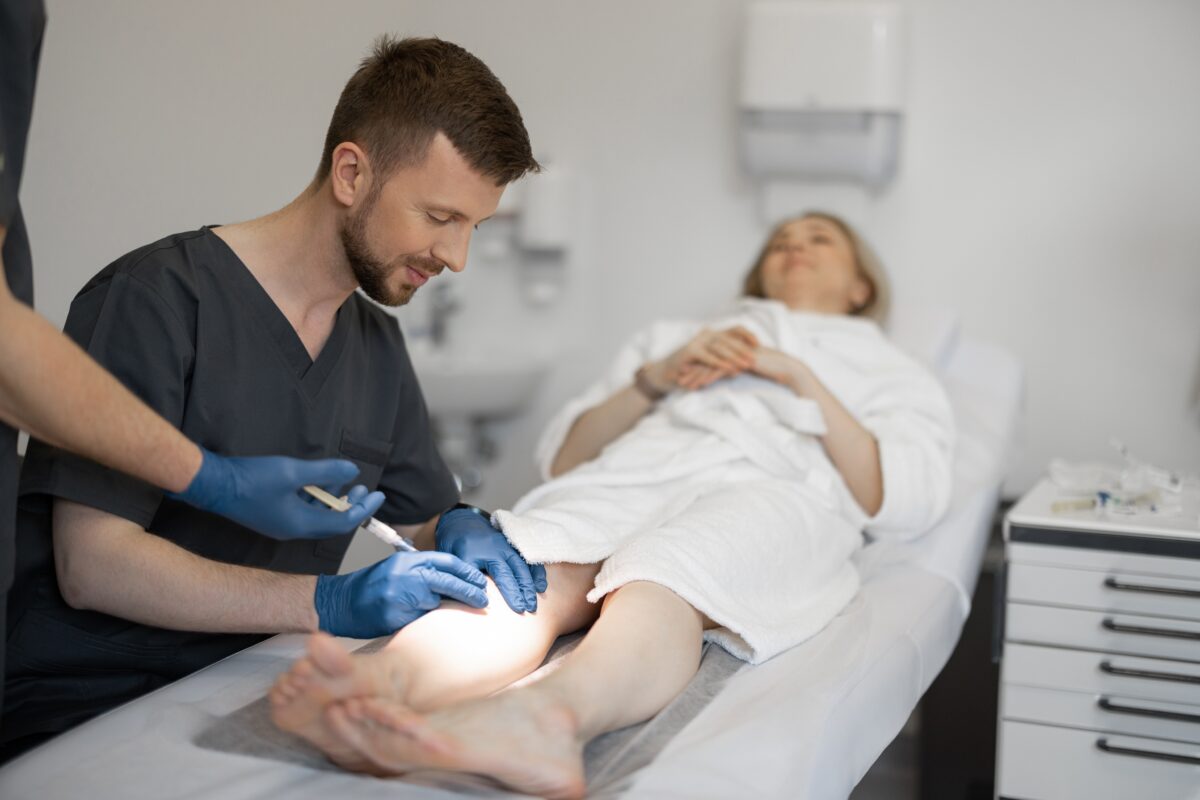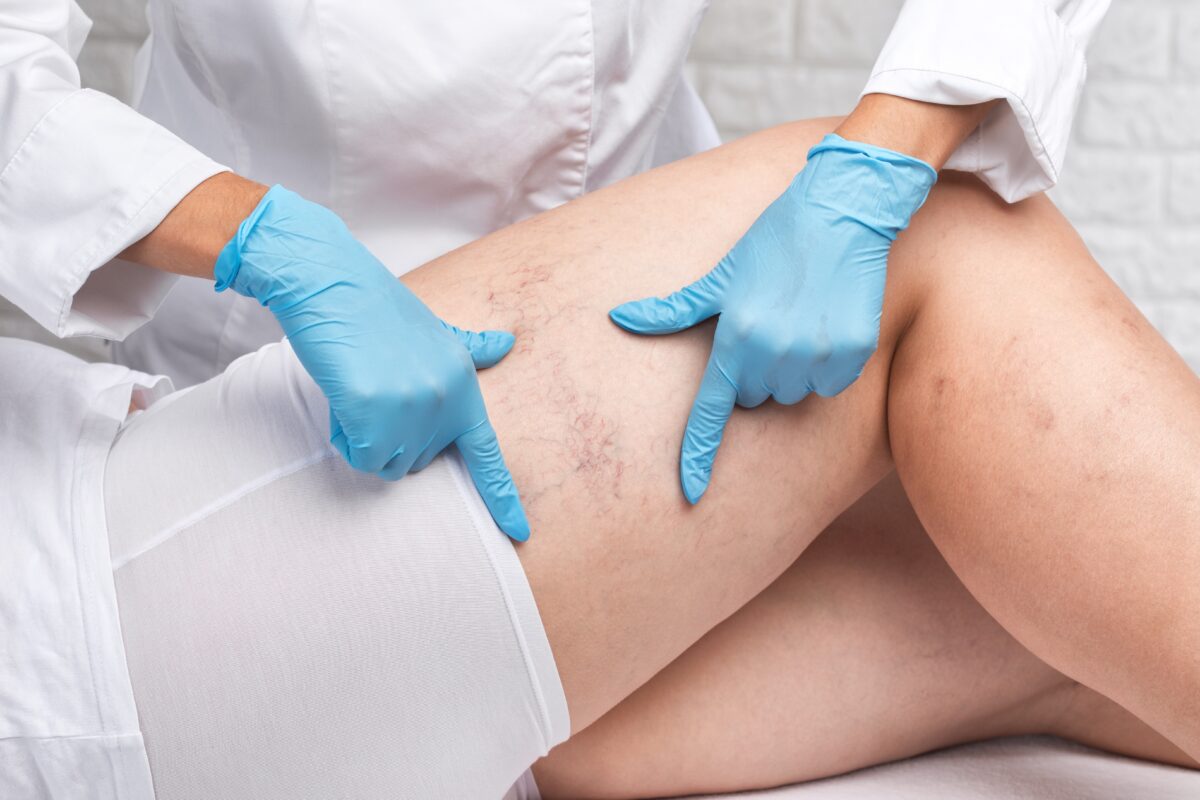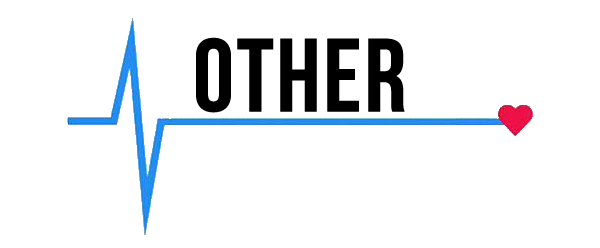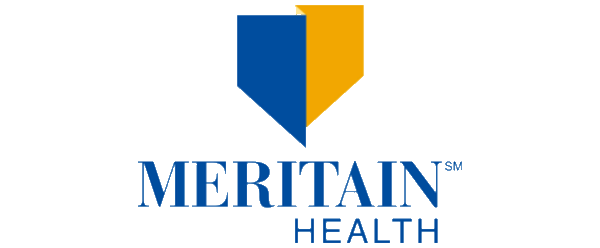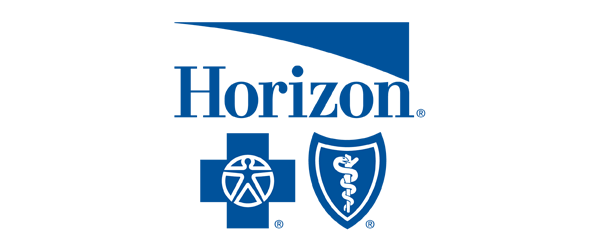Thinking about any kind of medical procedure can make people nervous, especially lasering spider veins. What’s more is: adding lasers or needles to the mix can really spike those nerves.
A lot of this anxiety comes from myths and outdated stories found online. Yet for many, the idea of trading a little bit of discomfort for the beauty and comfort of their legs is a worthwhile bargain.
However, times have changed. While old-school vein surgeries used to involve major operations and a lot of downtime, most modern treatments are now performed right in your doctor’s office.
Because of this, people bounce back quickly, with many even walking out and wondering what they were so worried about. Some patients even wish they had booked their appointment sooner.
These changes show how far technology has come, leading to a much higher comfort level and better results for both symptoms and appearance. Patient comfort has become a top priority.
“In the past several decades, treatment of varicose veins has undergone substantial changes, including a transition from surgical stripping to endothermal ablation,” states Frontiers in Surgery. “Endothermal ablation is now recommended as first-line treatment due to rapid recovery and fewer side effects compared to surgical stripping. Two classic types of endothermal ablation are endovenous laser ablation (EVLA) and radiofrequency ablation (RFA). Both modalities perform endothermal ablation but differ in their mechanism and technique.”
The Sensation Behind Lasering Spider Veins
Lasering spider veins and the physical feeling behind the procedure varies depending on the type of vein being treated. For smaller surface veins, a surface laser is typically used.
This can feel like a quick sharp snap, almost like a rubber band flicking your skin. But the sting doesn’t last long.
Many machines also blow cool air to calm your skin during these fast pulses, making the brief, tolerable pain even easier to manage.
For larger varicose veins, a different approach is used called Endovenous Laser Ablation, or EVLA. During this procedure, a doctor slides a thin laser fiber directly into the vein, but they use numbing medicine beforehand so you barely feel the laser at all.
Oddly enough, patients often find that the quick numbing shots sting more than the laser itself. This can change how you think about the whole process.
Tumescent Anesthesia and Your Comfort Level
For EVLA, tumescent anesthesia plays a much bigger role than just numbing pain in lasering spider veins. It also keeps patients comfortable and makes the procedure safer.
Doctors inject a large amount of a diluted anesthetic, which is typically a mix of lidocaine, epinephrine, and sodium bicarbonate in saline. It’s injected around the vein to accomplish three key things:
- Anesthesia. The solution expertly numbs the entire area, ensuring you feel virtually no pain during the procedure.
- Vascular compression. The substantial volume of the fluid cleverly compresses the diseased vein. This action collapses the vein and brings the laser fiber into close contact with the vein wall, which is essential for uniform and effective heat delivery.
- ‘Heat sink. The tumescent fluid acts as a thermal buffer, absorbing and dispersing the laser’s heat to shield the surrounding nerves, muscles, and skin from potential harm.
This built-in protection keeps vein ablation safe and comfortable. Sodium bicarbonate in the mix lessens the sting from the injection.
It helps the numbness kick in faster too.
Lasering Spider Veins and Additional Comfort Measures
While tumescent anesthesia is the standard for EVLA, it’s not always used for laser work on surface veins in lasering spider veins. Instead, cooling devices take the lead to protect your skin from heat damage during treatment.
This quick cooling, which might come from a cold metal or sapphire tip on the laser handpiece or from a machine that blows cool air or sprays a chilly mist, shields you from burns and stinging. An added bonus is that patients rarely worry about lasting pain.
If a person feels nervous, doctors might offer a light sedative like Valium or even nitrous oxide. This kind of mental peace really can shape how much discomfort a person notices, since a quiet mind can work wonders during treatment.
Regarding a variety of vein ablation treatments: “Within the first 24 hours after the procedure, patients are usually able to walk immediately, although it is normal to feel some pain and discomfort around the treated area,” according to the Center for Advanced Cardiac and Vascular Interventions. “Swelling and bruising are common during the first week, but wearing compression stockings helps reduce these symptoms and promotes healing.”
Between two and four weeks post-procedure, as immediate effects like bruising and tenderness typically resolve, patients often begin to notice significant improvement in their varicose vein or venous insufficiency symptoms.
Wavelengths and Precision with Today’s Tools
The technology developed for lasering spider veins has fundamentally changed how doctors treat veins.
While older lasers, such as those operating at 810 nm or 980 nm, focused on blood and often caused excess heat in nearby tissues. This leads to soreness and bruising, and newer lasers have shifted the focus.
With lasers using 1470 nm and 1940 nm, the energy now locks in on the water in the vein wall, which provides more control and less damage to healthy tissue. The 1940 nm laser is even more accurate than the 1470 nm.
As a result, post-treatment soreness declines. Bruising significantly drops.
Today, people often say the pain is almost the same as with radiofrequency ablation, and the days of dreading recovery seem to be fading as the tools get better. With each new advance, both doctors and patients can breathe a sigh of relief.
Quantitative and Qualitative Evidence: Lasering Spider Veins
Clinical evidence supports the positive experiences many patients report after lasering spider veins.
For example, one study comparing EVLA to traditional vein stripping found that people treated with EVLA experienced much less pain after surgery, with some research showing that nearly half of all patients felt no pain at all after a 1470 nm laser procedure and required no painkillers.
These findings are often echoed by thousands of additional patients describing their experience over the years. Many express surprise and relief, with some even saying their only regret is not having the procedure sooner.
These accounts demonstrate that while old fears about vein treatments may linger, they are often unfounded. Newer treatments truly make a huge difference in both comfort and results.
| Procedure | Best For | Sensation During | Primary Pain Management | Post-Procedure Discomfort |
| Surface/External Laser Treatment | Small spider veins & superficial lesions | A quick “zap” or “rubber band snap” | Integrated/external cooling devices; topical numbing cream | Mild redness, swelling, or scabbing for a few days |
| Endovenous Laser Ablation (EVLA) | Large varicose veins | Minimal to no pain; a sensation of pressure or warmth | Local and Tumescent anesthesia | Mild soreness, bruising, tightness; manageable with OTC meds |
| Radiofrequency Ablation (RFA) | Large varicose veins | Mild discomfort; similar to EVLA | Local and Tumescent anesthesia | Mild soreness, bruising; studies debate if it’s less painful than EVLA |
| Sclerotherapy | Small varicose & spider veins | Minimal discomfort; a slight burning sensation | None required; cryotherapy in some cases | Mild bruising, swelling, or irritation |
| VenaSeal (Non-Thermal) | Large varicose veins | Minimal discomfort; no pain from heat | No tumescent anesthesia required; fewer needle sticks | Temporary discomfort or bruising at injection site |
| CLaCS (Cryo-Laser & Cryo-Sclerotherapy) | Spider veins | Almost completely painless; strong cooling effect | Cryotherapy to numb the area; no local anesthesia | Mild redness that subsides quickly; minimal bruising |
| Vein Stripping (Obsolete) | Large varicose veins | Excruciatingly painful without anesthesia | General or spinal anesthesia | Significant pain, long recovery, scarring, high complication risk |
Managing Post-Procedure Discomfort
After lasering spider veins, as your body kicks into healing mode, it’s normal to feel some mild discomfort. You might notice a tight feeling or slight bruising, and some people even describe a “cord-like” sensation or something like a pulled muscle, which usually means things are on track.
This soreness often hits early but tends to ease off soon, with most discomfort drifting away within a week or two, allowing you to get back to your usual routine quickly. While a handful of people might notice some numbness or tingling if a nerve gets a bit too warm, this typically fades over a few months.
Your doctor may provide you simple tips and tools to help you through the process, including:
- Over-the-counter pain relievers. Medications such as ibuprofen or acetaminophen can help manage any mild pain.
- Compression stockings. Wearing these as directed is vital. They help to reduce swelling and discomfort and promote proper healing.
- Walking and elevation. Engaging in regular, light walking immediately after the procedure helps promote circulation. Elevating your legs whenever possible also aids in reducing swelling and discomfort.
Lasering Spider Veins, Non-Thermal Solutions & Final Verdict
VenaSeal for lasering spider veins is a big leap forward, where doctors use a special adhesive to close problem veins. This method bypasses the need for multiple needle pricks and tumescent anesthesia, and patients often don’t even need to wear compression stockings afterward, making it feel incredibly simple and easy.
Another promising method for spider veins is CLaCS, where cold air and a laser team up. The cool air numbs the skin and protects it from heat, so people barely feel anything during the process and don’t need numbing shots.
While researchers are still tracking the long-term results of these new treatments, they currently offer a level of comfort and speed that many people find appealing. By the 1900s, vein stripping became the standard procedure, but it involved surgeons forcefully pulling out the bad vein, which required deep anesthesia and a long, painful recovery.
Overall, the word “laser” can be a bit scary. In reality, the process is much easier than you’d expect, as modern methods are designed to make people surprisingly comfortable. Most of the weirdness you feel comes from the numbing shots, not the laser itself, but that bit of discomfort is worth it.
Patients often talk about feeling better fast: no more constant aches, and they move around with fresh energy and newfound confidence. They often find that trading a little bit of pain for the beauty of healthier legs is a worthwhile exchange.
“Managing intermittent claudication is especially important as people who have it are at a higher risk of other cardiovascular diseases, such as heart disease and stroke,” states Vascular News. “On top of this, the leg pain they experience means people often cannot walk very far. This could lead to lower fitness levels and reduced quality of life. But exercise programmes may offer another treatment approach for people with intermittent claudication. Exercise can help increase the distance patients can walk pain-free, and may reduce the risk of heart disease and stroke.”
If you’re ready for a change, the most important thing is to talk to a proper specialist who can check out your unique situation and help you figure out the best plan. Healthier legs aren’t out of reach. The first step is simply reaching out.
Wellness and Pain
Lasering spider veins is Wellness and Pain’s expertise. We offer conservative treatments, routine visits, and minimally invasive quick-recovery procedures. We can keep you free of problems by providing lifestyle education and home care advice.
This enables you to avoid and manage issues, quickly relieving your inhibiting lifestyle conditions when complications arise. We personalize patient care plans based on each patient’s condition and unique circumstances. Wellness and Pain can help improve wellness, increase mobility, relieve pain, and enhance your mental space and overall health.
